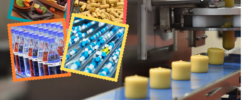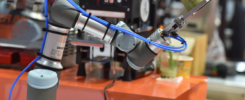TRENDS DRIVING THE FUTURE OF FOOD AND PACKAGING IN 2030
Our world is changing every day. and change at a fast rate Business people have to follow. to keep up with the opportunity and take advantage of being a leader in the market
Thank you for reading this post, don't forget to subscribe!By 2030, the world’s population will grow to more than 8.4 billion people and 60% live in large cities. Most of the population is elderly people over 65 years old and are Gen C or online consumers. will become the main purchasing power
In addition, in the future, stricter recycling, water management and food regulations, especially in the developed world, in nutrition, will be tightened on fat, sugar or even salt. And focusing on increasing energy efficiency in the industrial sector, take a look at 6 trends driving the future of food and packaging in 2030.
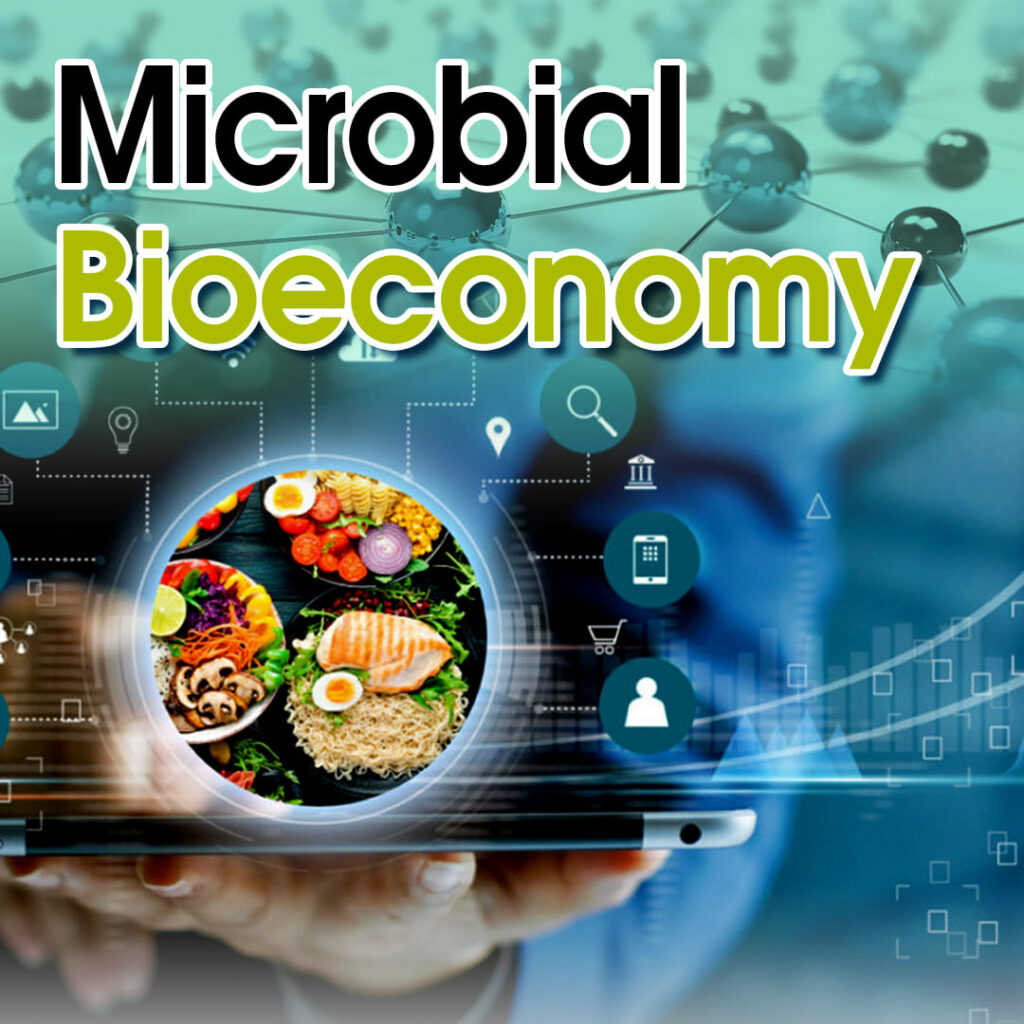
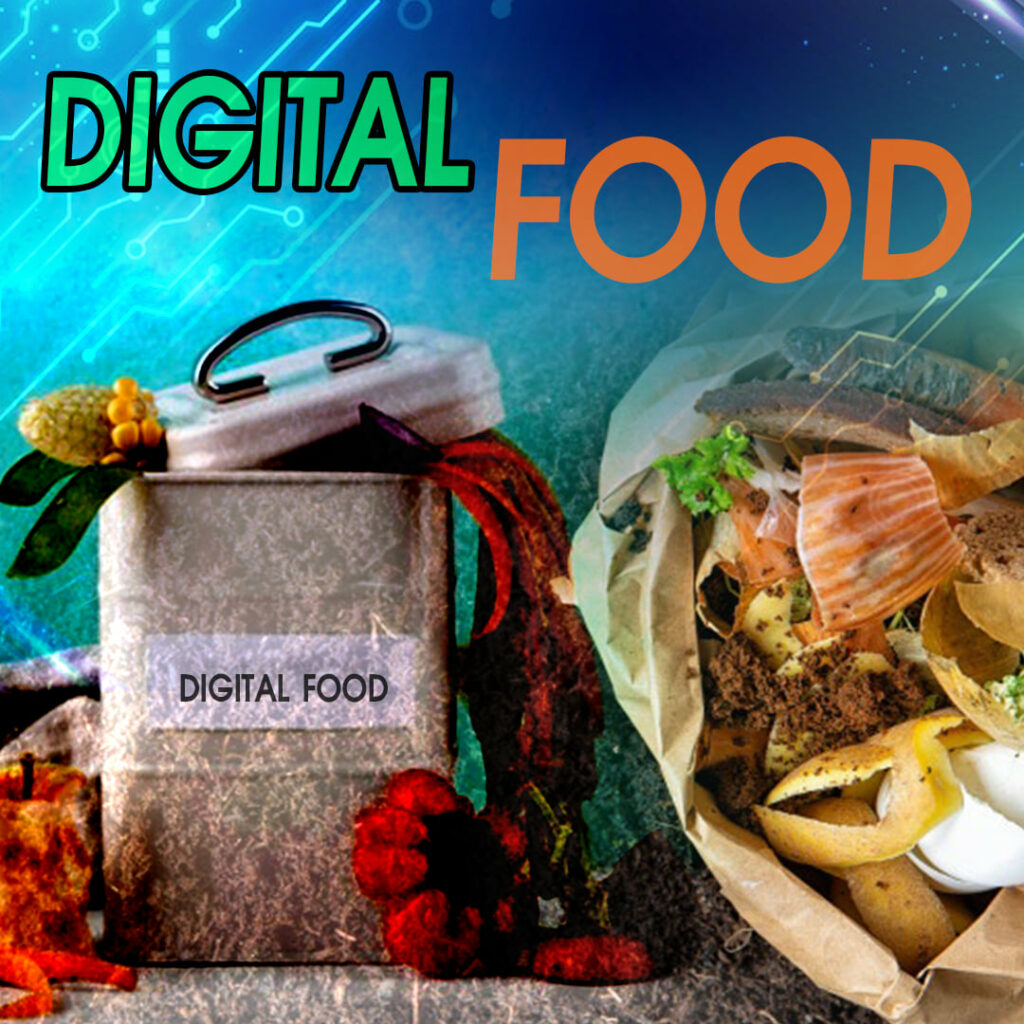

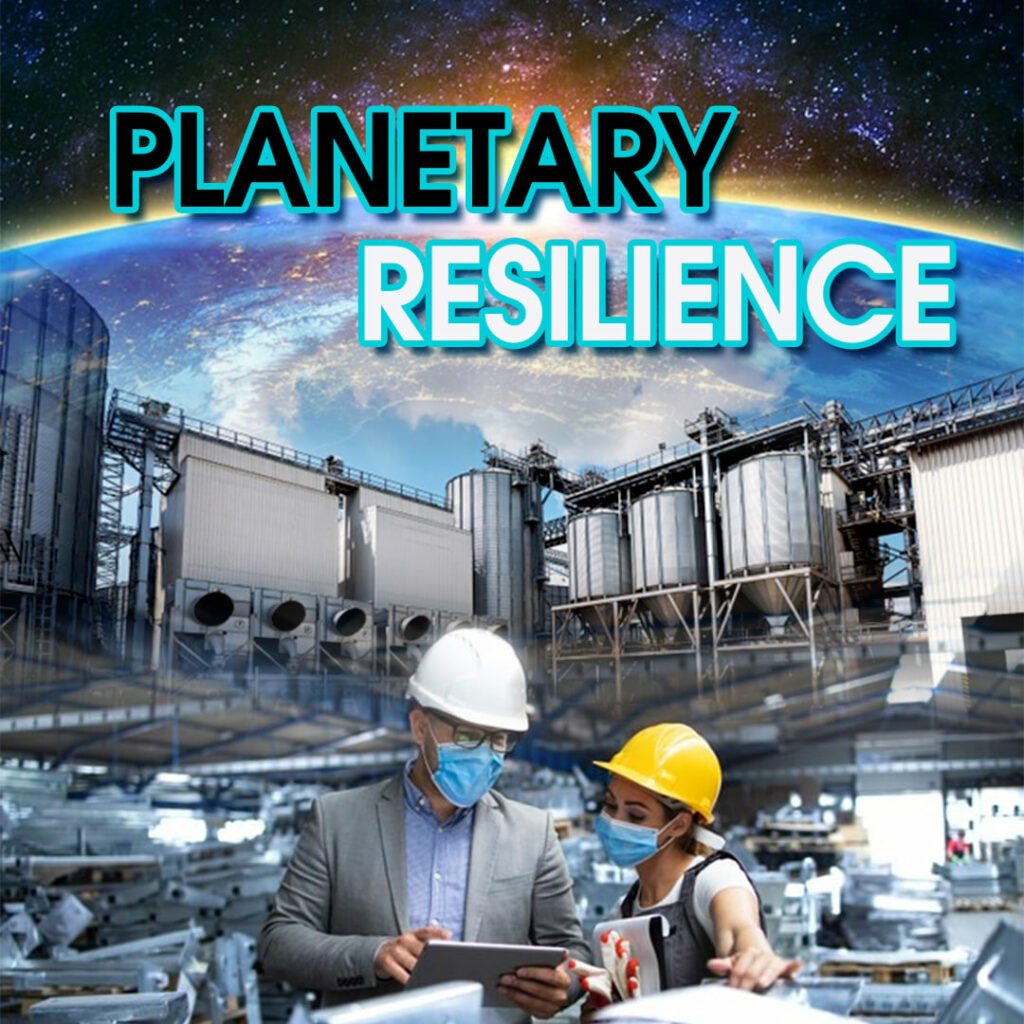

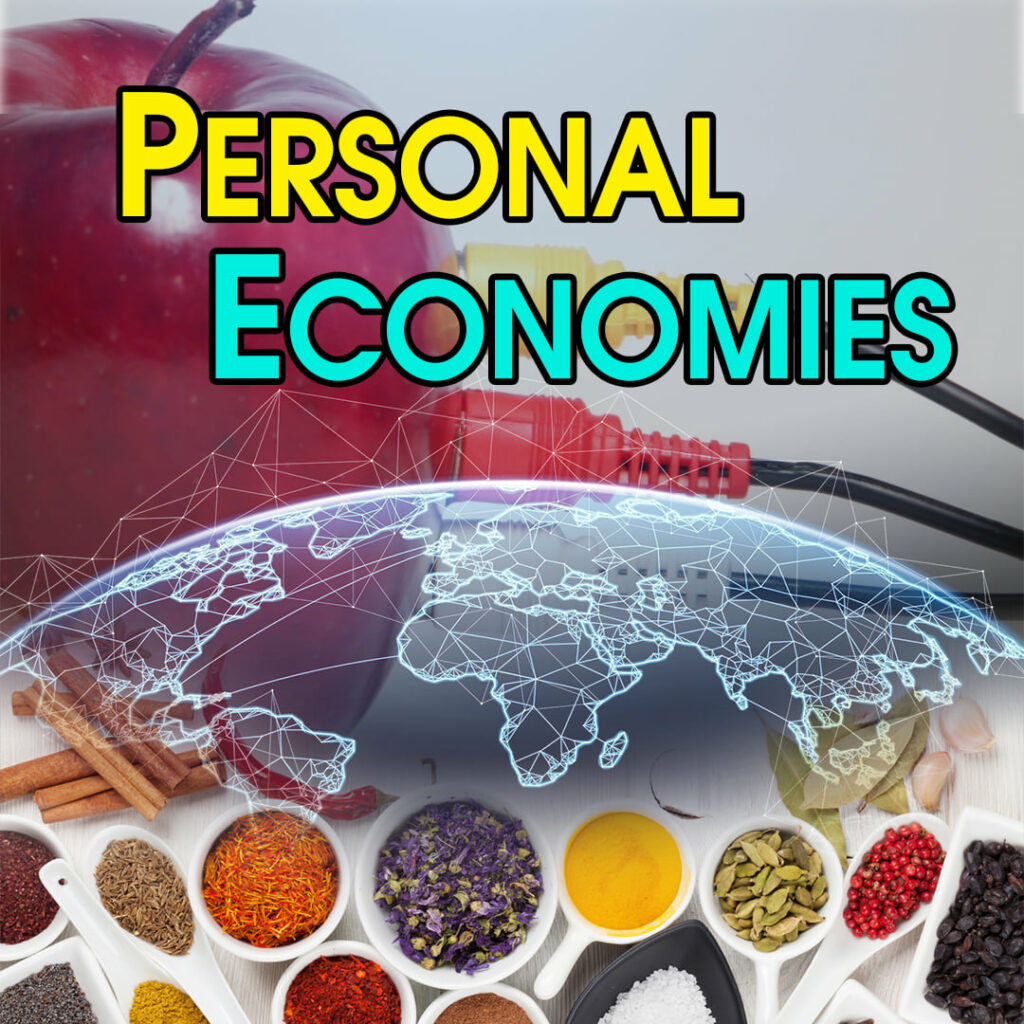
1. MICROBIAL BIOECONOMY
In 2030, resource use will become more constrained, saving or using resources more efficiently is very important. It is necessary to apply science to existing resources such as genetic modification of food use of microorganisms and industrial biotechnology in flavor modification. including the taste of food without using synthetic substances In the future, the production process and the form of packaging may change in accordance with this development.
2. DIGITAL FOOD
The big problem in this era is the increasing amount of food waste that is the main factor in greenhouse gas emissions into the earth’s atmosphere. A digital food system is born. Helping from the production process Quantification and modification of food ingredients waste reduction and distance of transportation including packaging that meets the needs of consumers in each meal These are all things that manufacturers should pay more attention to.
3. DISTRIBUTED VALUE EXCHANGE
In the future world, it is very likely that Food and packaging are automatically controlled. Robots and artificial intelligence are increasingly being used. and resulting in a complete and comprehensive system without the need for people in the production line
4. PLANETARY RESILIENCE
Rising temperatures affect agricultural and water yields. As a result, many countries will go into drought. By 2030, there could be 54 billion to 56 billion tons of greenhouse gas emissions in the atmosphere, so business structures should be adjusted to create responsible production. more to the environment
5. HIGH-RESOLUTION NUTRITION
The elderly and overweight population is likely to increase by 2030, with these consumers at risk for heart disease and diabetes. The rate of morbidity from serious diseases is increasing. Therefore, more and more people began to look for healthy products. This drives business owners to adapt and invent recipes and beverages that are more health-conscious and more tailored to the unique needs of consumers.
6. PERSONAL ECONOMIES
The rise of the elderly This will cause a trend in food and beverage production that is highly local. Because consumers will feel the closeness and trust in the food management system from what they know, they like to choose brands from people in the same group, so there will be a new form of distribution or distribution. to come from remote areas or through more community-owned networks
In the future, consumers will consider products that are healthy and environmentally friendly. Operators must be aware of safety and health. Along with delicious food, you must open your mind and be prepared to accept the changes.

